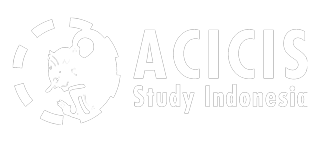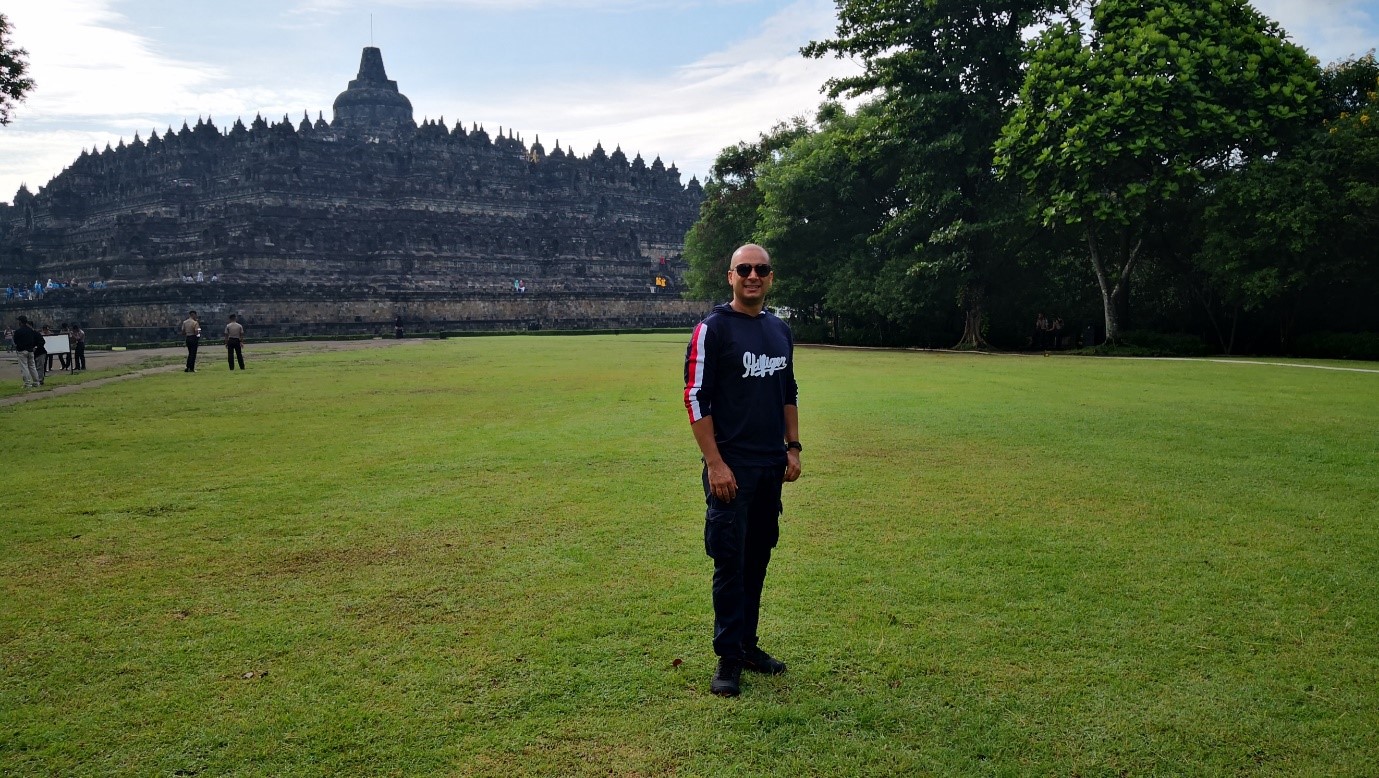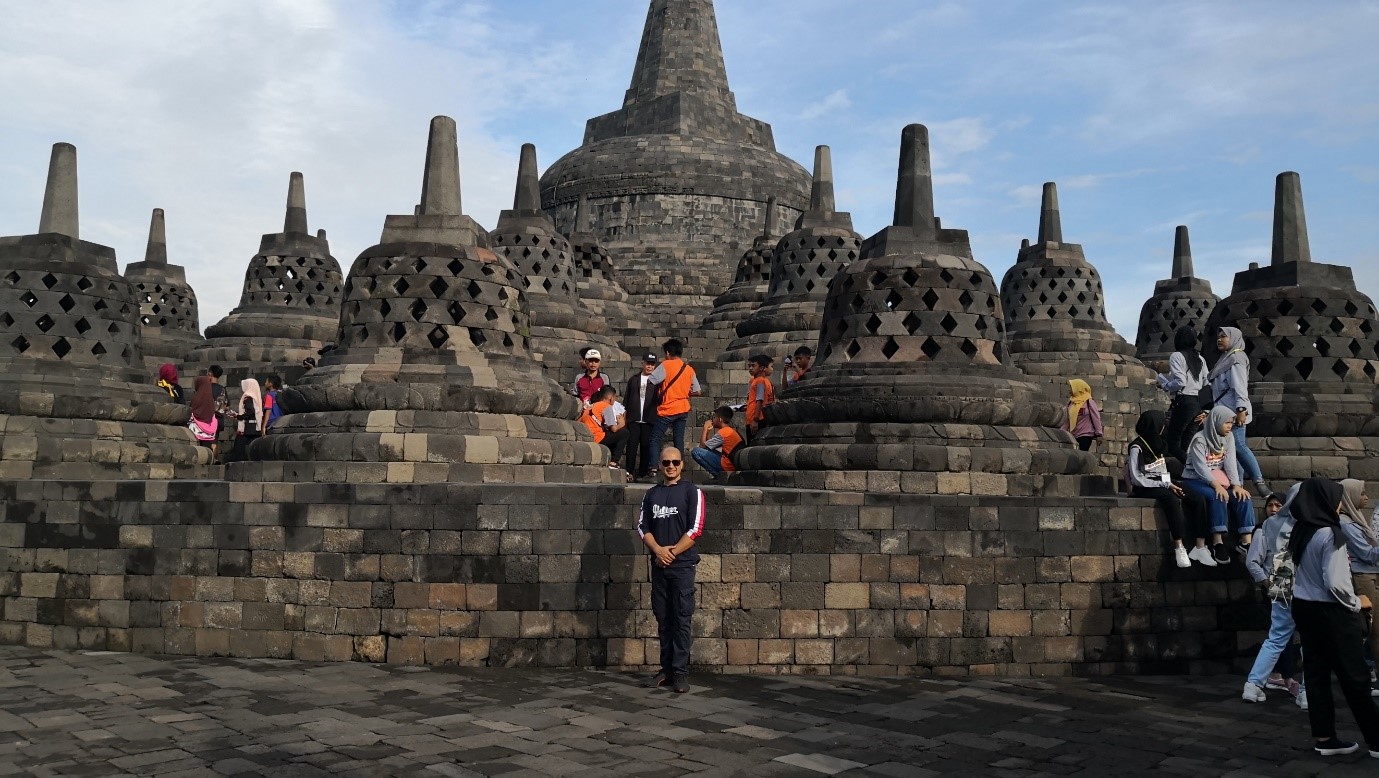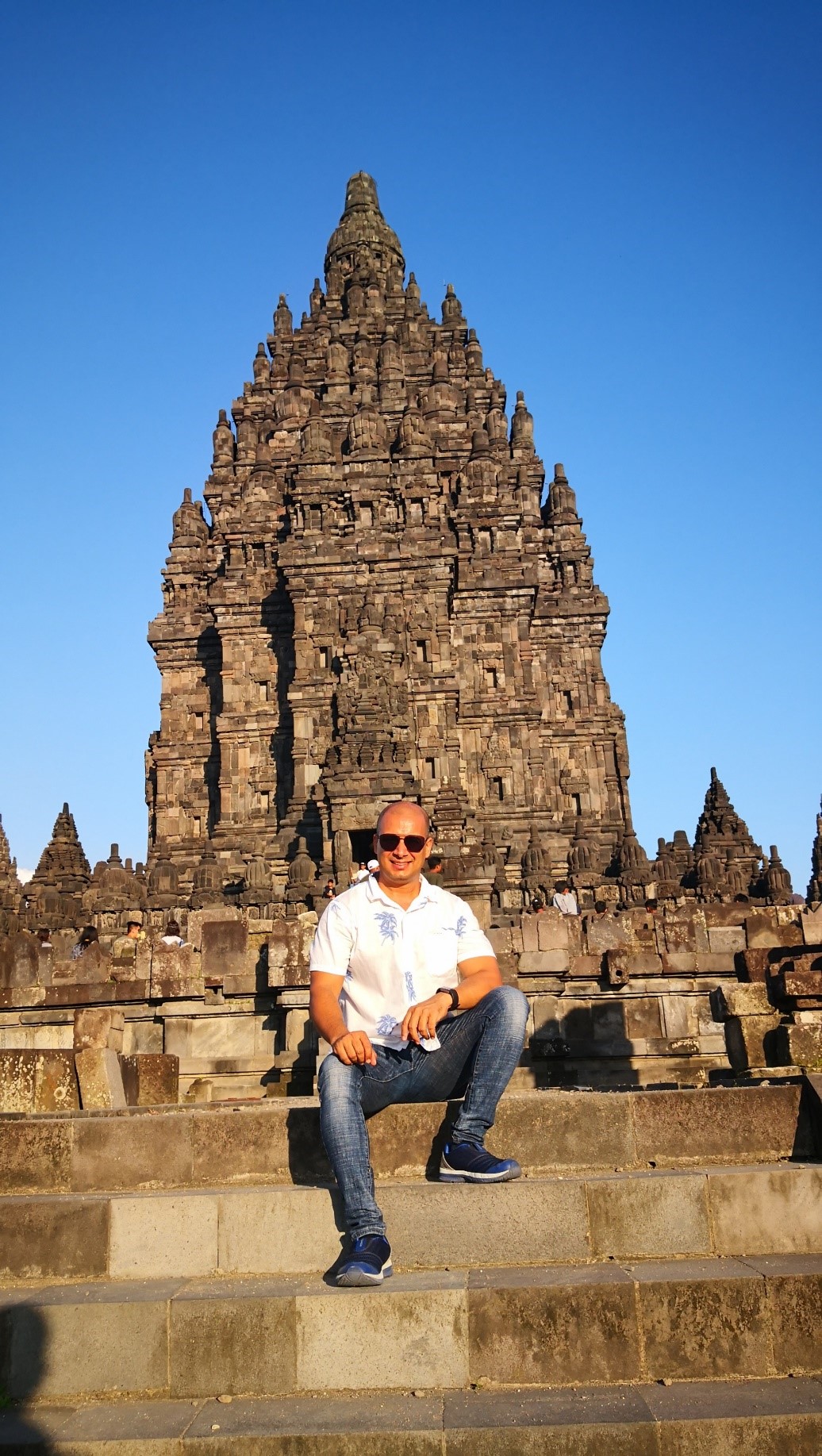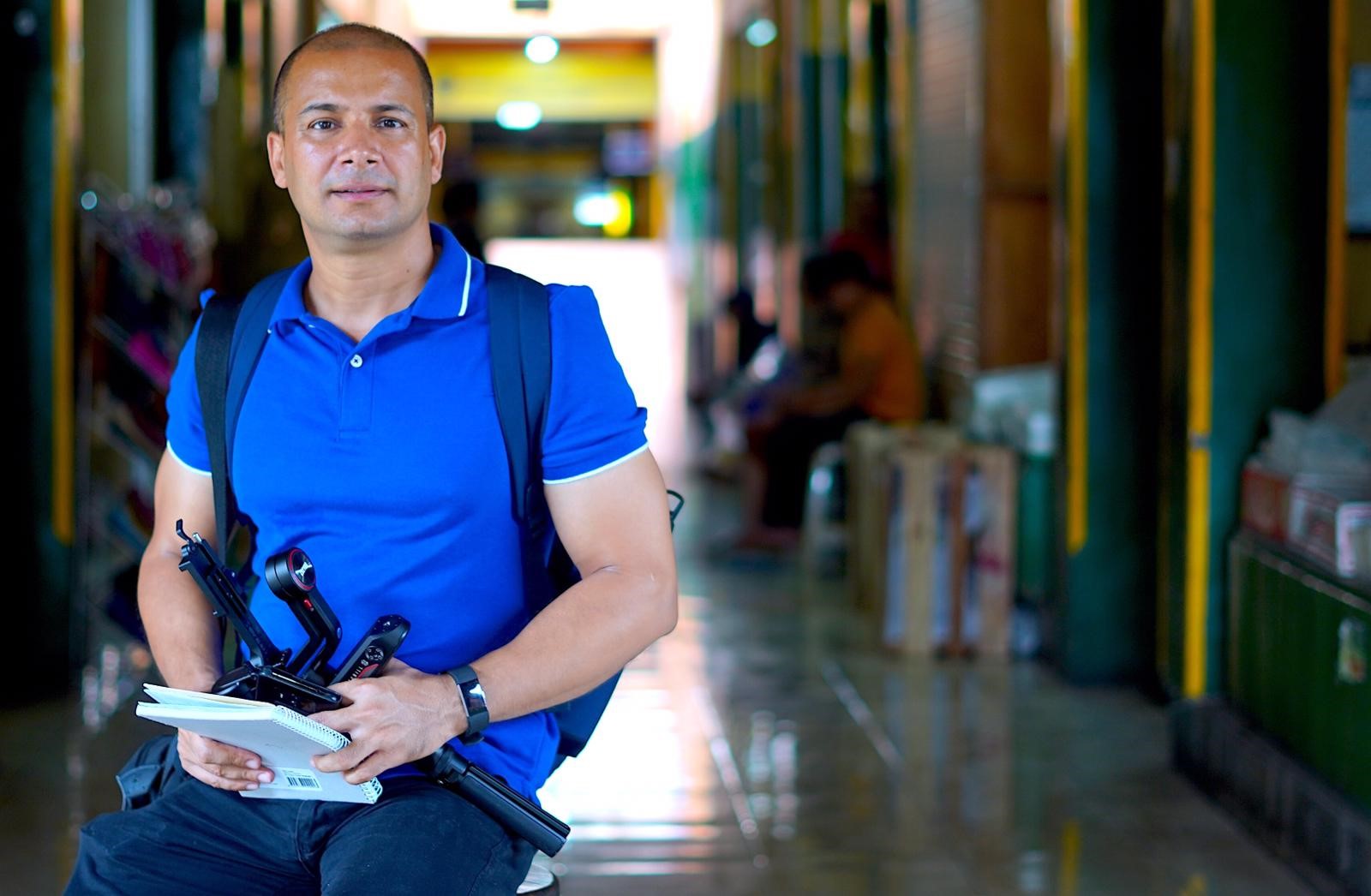
Nitesh Raj Pant is a New Colombo Plan Mobility Grant and a Northern Territory Regional Arts Fund recipient from Charles Darwin University. Nitesh participated in the 2020 Creative Arts & Design Professional Practicum in Yogyakarta, Indonesia, where he interned with EngageMedia. Throughout the practicum, Nitesh was an ACICIS Social Media Ambassador, tasked and trusted with using social media to facilitate meaningful discussions about life and the arts in Indonesia. Here is Nitesh’s story…
Journey to Yogyakarta, Indonesia: ACICIS CADPP 2019
By Nitesh Raj Pant (CADPP 2020)
‘Higher education is a privilege, not a right; but in a globally competitive world with structural change, education is more important than ever before.’
This paragraph has been derived from the article ‘On the importance of education’ by Wobbekind. and is reflective of my experience and learning in Indonesia. There have been many challenges over the past 6 weeks. However, I have found creative solutions to manage working relationships and ultimately contribute to a successful collaboration. I believe this is partly due to my background, which has given me a unique perspective that I have been able to draw from throughout my cultural exchange experience.
I was born and raised in Nepal and I migrated to Australia 13 years ago. The process of migration has given me direct experience with the way Australian and Asian cultural differences can play out. I think, as a result, this has allowed me to approach this experience with patience and empathy.
I am currently a student at Charles Darwin University, studying a Bachelor of Creative Arts (Screen & New Media). I was drawn to The Australian Consortium for ‘In-Country’ Indonesian Studies (ACICIS) program, for the opportunity to take part in cross-cultural exchange and complete 2 academic units during the summer term. I highly appreciate the opportunity provided by a New Colombo Plan Mobility Grant and Northern Territory Regional Art Fund grant for making my dream come true. These grants, alongside continuous encouragement that I received during the application process by my home university and ACICIS was the major drive for me to come to Indonesia.
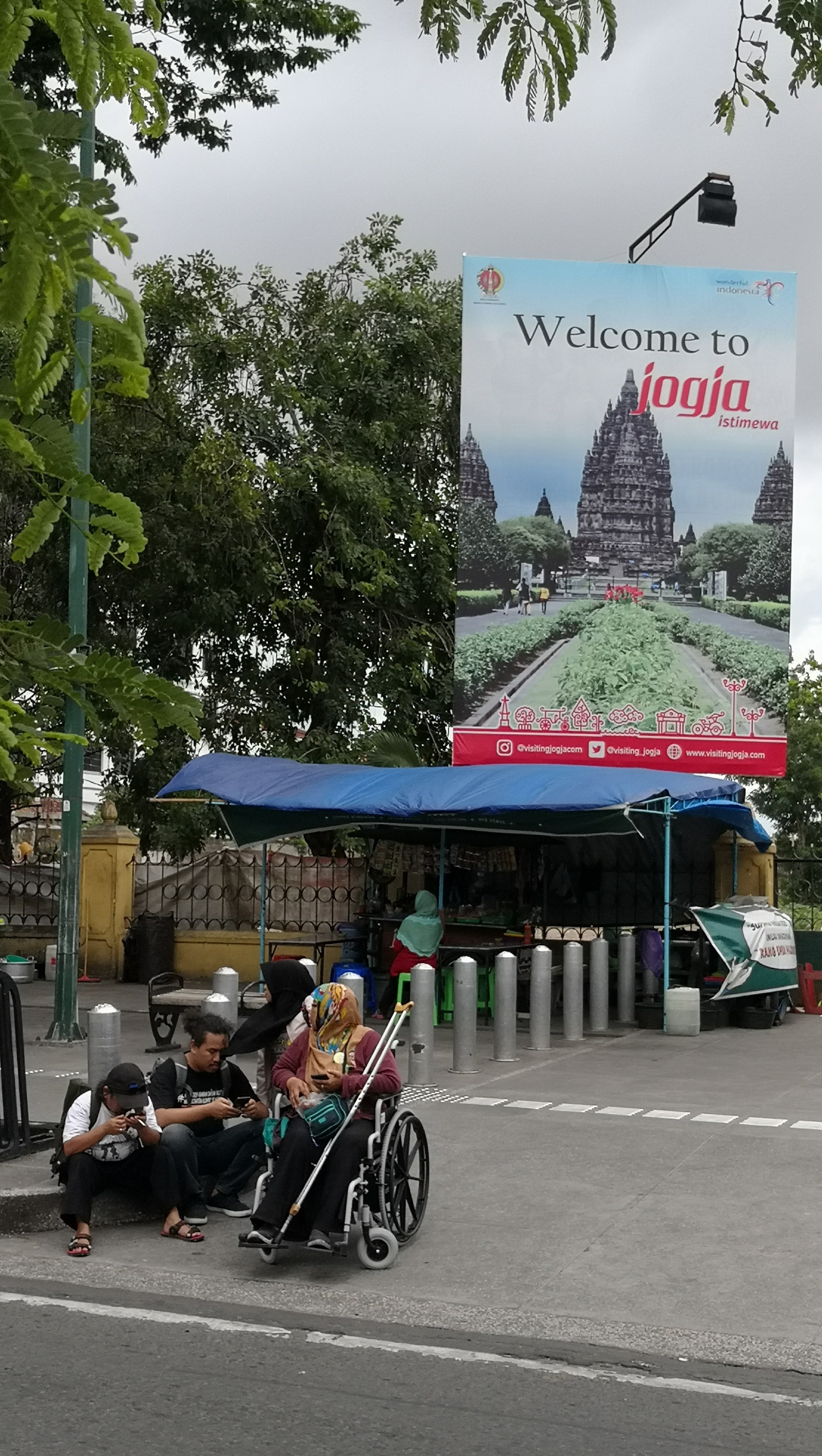
Yershova, Y et al., (2000), have stated in their article:
‘study, travel, teaching, and research abroad are the best methods for gaining intercultural competence and interculturally sophisticated thinking skills.’
The program, therefore, offered a great opportunity to learn a new language, immersion in the rich Indonesian culture and heritage, and develop my technical skills. In addition to this, I had the personal objective in my participation in the program: being born into a Hindu family in Nepal, I was keen to learn more about the early history of Hinduism and Buddhism in Indonesia.
Indonesia is a secular democratic country with a Muslim majority population. It recognises six religions: Islam, Protestantism, Catholicism, Hinduism, Buddhism, and Confucianism.
Ramstedt writes in the article Hinduism and Buddhism, ‘In order to understand the dynamics that are important for both the Hindu and the Buddhist community in Indonesia today, we have to briefly revisit the history of the difficult beginnings of these two communities.’
After 2 weeks of intensive Bahasa Indonesia study at Sanata Dharma University, which focused on daily conversation skills, all students were placed with organisations in Jakarta, Bali or Yogyakarta. I was fortunate enough to be placed with EngageMedia, Yogyakarta with another ACICIS participant, Joshua Lee from Western Australia.
EngageMedia is a ‘non-profit media, technology and culture organisation (which) uses the power of video, the Internet and open technologies to create social and environmental change’ (Engage Media, 2020).
This was an excellent fit for me based on my experience working with various community organisations in Darwin. I, therefore, carried an expectation to learn more about community-based artwork while in Yogyakarta.
Joshua and I began our placement focused on building relationships with the host organisation, colleagues, partner organisations and our host university. Dahl’s article on Nongkrong and Non-Productive Time in Yogyakarta’s Contemporary Arts, helped me understand the importance of time spent building relationships and how this process could benefit our creative output. Equipped with my previous experience working in cross-cultural environments, we managed to build a good network of relationships from which we could commence a creative project.
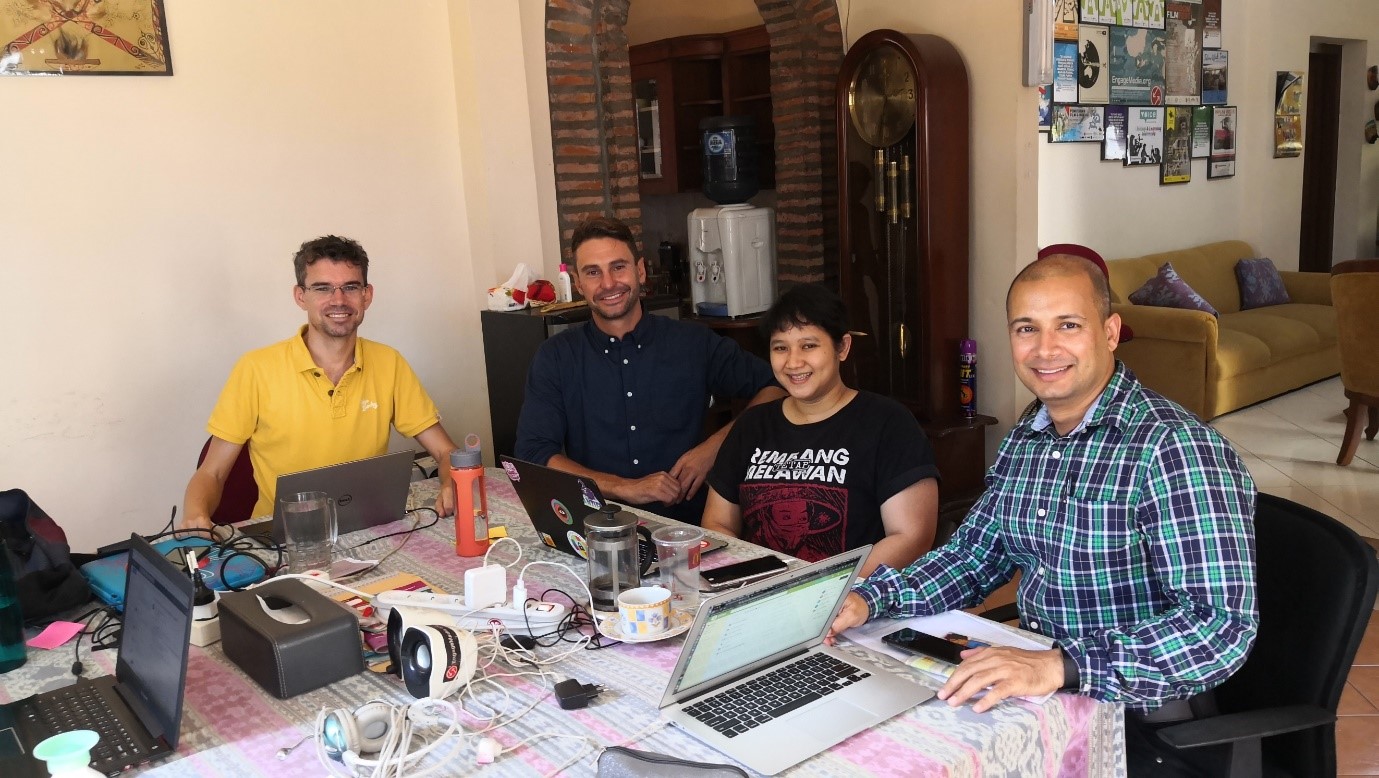
Voice-Linking and Learning is the main project we worked on during our 4-week placement. Voice-Linking and Learning is a process that encourages the sharing of lessons learned and provides a forum for mutual learning and empowerment of the rights holder groups (EngageMedia 2020). This was a rewarding project allowing us a high level of community interaction. Our team attended multiple meetings facilitated by EngageMedia. One was at the village “Jurang Jero” of Kulon Progo Regency, situated 28 kilometers from Yogyakarta.
Widiyanto has stated in the article An Exploration of Food Insecurity, Poverty, Livelihood and Local Food Potentials in Kulon Progo Regency, Indonesia Kulon Progo Regency, as part of Yogyakarta Special Province, faces:
‘the most severe conditions of food insecurity compared to other regencies within this area in 2015.’
The meeting participants were from a women’s group. The participants were working at the local market as porters. Most of the female porters working at the Yogyakarta “Pasars” originate from the Kulon Progo Regency. Currently, 413 women porters are working at Beringharjo, Giwangan , Gamping, and Kranggan markets and all of them have found representation from YASANTI (Yayasan Annisa Swasti) (2020).
YASANTI works to improve the conditions and aspirations of women in local communities through worker organisation, advocacy, and education. Additionally, YASANTI focuses on empowering the women working from home and working in the industries through their awareness program providing workshops, information sessions, loan schemes, education on work conditions and benefits, rights and health-related areas.
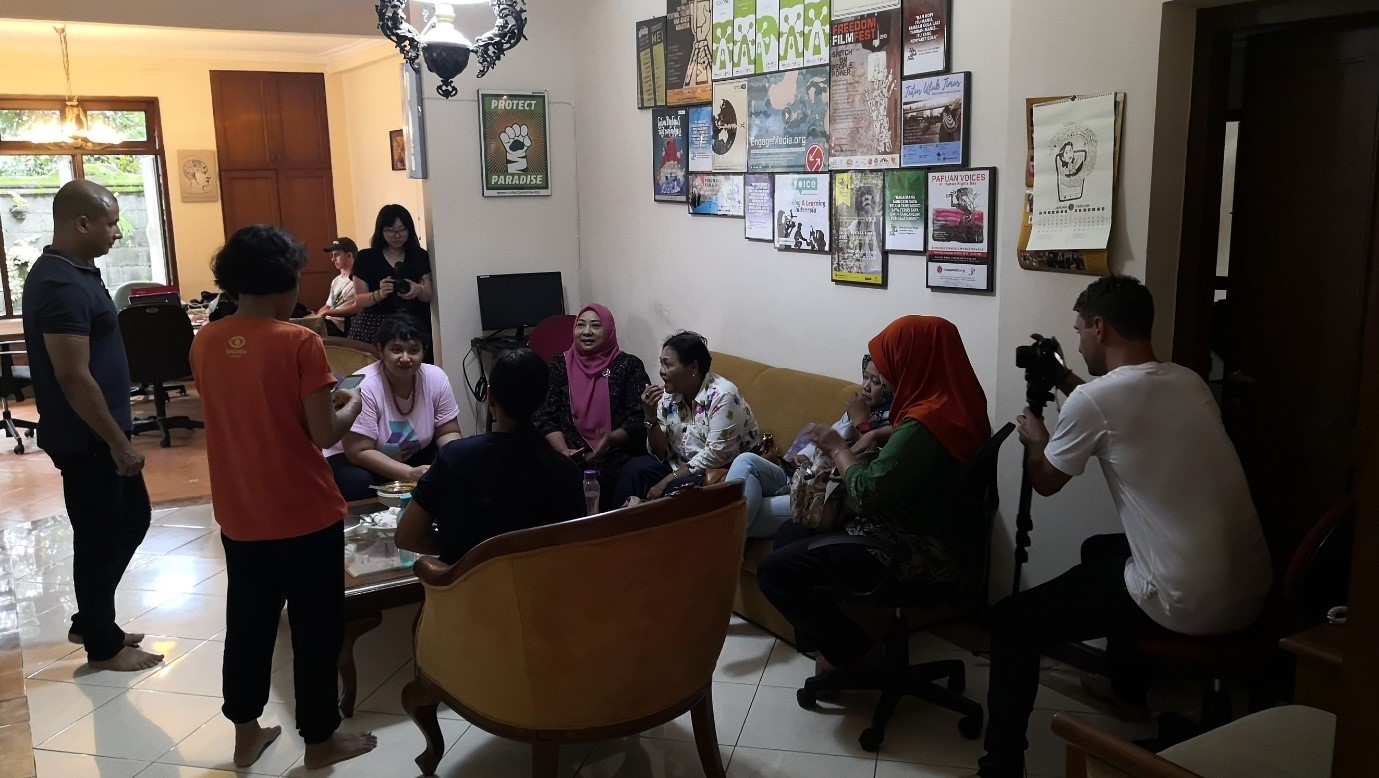
We were also privileged to work with the Women’s, Disability and Children Advocacy Centre (SAPDA) to cover the story on difabel (disable) access around Malioboro. Ibu Rini, Mas Bintang, and Mas Soleh assisted us to experience the situation that difabel people are facing. We were stunned with the findings, compelling me to further research on the issue of disabled accessibility in public spaces. Thohari states that there are 27,439 people with disabilities in Yogyakarta. It was identified that most of them do not have equal access to facilities as other people do.
This situation was familiar to me, growing up in Kathmandu, Nepal, a city that has similar deficiencies in this respect. Fortunately, my adopted country Australia has Disability (Access to Premises-Buildings) Standards 2010, enforced by The Australian Government Federal Register of Legislation, which protects the human rights of the Disabled community (Federal Register of Legislation 2020). This provides a benchmark for SAPDA to aspire to.
Another notable activity was attending a workshop on Mainstreaming Gender, Equality, Disability, and Social Inclusion and Research for Youth with Disabilities and without Disabilities. 12 participants benefited from the workshop, which our team filmed. We also followed the participants during the survey visiting door to door throughout the neighbourhood collecting feedback from the residents regarding their view towards disability access, sexual health, hygiene, and other social issues.
Dobusch, has stated in the article Gender, Dis‐/ability and Diversity Management: Unequal Dynamics of Inclusion? This unequal role in the field of normality is embodied in and perpetuated by the fact that topics related to gender and disability are discussed differently in general public debate, and in certain policy areas (SAPDA 2020). The experience allowed me to further consider the impact of disability on individuals and the importance of legislating their rights.
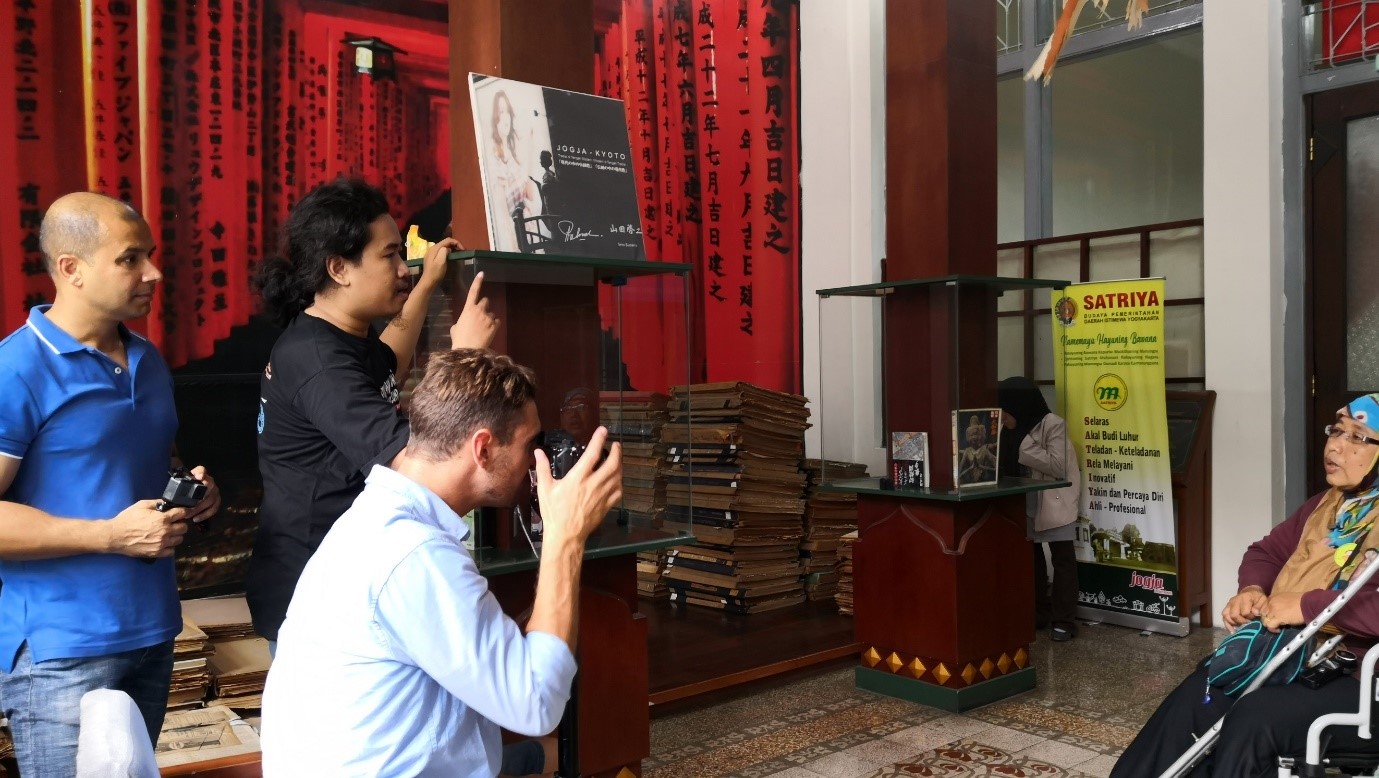
We came across multiple challenges throughout 4 weeks at EngageMedia. These include understanding the Linking and Learning project, learning how to conduct production in a cross-cultural environment. This situation was simplified by an article, which I studied to understand the circumstances. “Partnerships built on respect for each partner’s creative and administrative contribution mean problems can be foreseen and overcome. In art as in life, this is the only way we can grow in a global world” (The Conversation 2012).
Also, summarising all scenarios in one short documentary maintaining the core value of the Linking and Learning project was very challenging to us. The Department of Media, Cognition, and Communication, University of Copenhagen have stated in their article Documentary and Cognitive Theory: Narrative, Emotion, and Memory,
“We expect a documentary to deal with real events, real people and actual problems of the world we live in.”
We were expected to produce an inclusive video with all the vital information that has been discussed during the organisation meeting to field visits. Filming as I was editing the video until our last day of the placement with multiple amendments was a challenge. Finally, we successfully screened the video for evaluation. You can watch it here: Learning from Women Porters and Inclusion Advocates in Yogyakarta.
I personally learned how organisations like EngageMedia work in collaboration with other organisation to promote awareness, educate communities and connect individuals and society globally. We also learned more about organisations such as Advocacy Centre for the Disabled, Women, and Children (SAPDA), Yayasan Annisa Swasti (YASANTI), Analisis Sosial (AKATIGA), and their beneficiaries in Yogyakarta. The Linking and Learning project successfully created a bridge between the organisations to share their knowledge and work together to benefit wider communities.

During my time in Indonesia, I also had an opportunity to visit and explore the magnificent Prambanan and Borobudur Temple. For me this was beyond my expectation learning journey from ACICIS program. This experience has opened my awareness and has encouraged me to reflect on my background and heritage. Nepal, a country globally known as the birthplace of Lord Buddha, my country of origin memories was sparked with curiosity.
I visited various historical, cultural, religious and world heritage places around Yogyakarta and have built up serious hunger to learn more about Indonesian history.
Besides my personal experience working in a cross-cultural environment in Australia and Nepal, this 6-week study period in Yogyakarta has helped me to understand more about cultural differences and how to integrate well. Discovering a few similarities and the issues that developing countries are currently facing, I am encouraged to initiate community benefit projects with the knowledge and capacity to reach out to the wider needy population globally.
I personally admit that this was a wonderful opportunity for my personal growth and to expand my knowledge. Longworth published the book ‘Making Lifelong Learning Work’ describing lifelong learning as concerned with the way individuals grow their human potential. This has been very relevant in my journey back into education and this trip to Yogyakarta. I am looking forward to coming back to Indonesia for further study on arts, culture, history, and theology in the future.
Finally, I personally would like to thank all my ACICIS-CADPP friends, ACICIS, Sanata Dharma University and Charles Darwin University for their support and encouragement. Once again, my gratitude towards the New Colombo Plan and the Northern Territory Regional Arts Fund for making my dream come true. I highly recommend future students (Domestic or International) to consider such experiences. I am looking forward to utilising the knowledge that I gained during my placement at Yogyakarta to all my future projects as possible. Experience from this project has led me to consider new ways in my documentary making practice and it has inspired me to continue working with different teams and value their contributions. This project is a successful expression of our teamwork on this placement with EngageMedia.
References
[1] Bird & Osland, 2005: “Making Sense of Intercultural Collaboration”
[2] Carroll, 2014: “People and Partnership: An Australian Model for International Arts Exchanges — The Asialink Arts Program, 1990–2010”
[3] Dahl, 2016: “Nongkrong and non-productive time in Yogyakarta’s contemporary arts”
[4] Dobusch, 2016: “Gender, Dis-/ability and Diversity Management: Unequal Dynamics of Inclusion?”
[5] EngageMedia, 2020, “Social justice and environmental video from the Asia Pacific”
[6] Bondebjerg, 2014: “Documentary and Cognitive Theory: Narrative, Emotion and Memory”
[7] Indonesia Investment, 2020: “Religion in Indonesia”
[8] Nepal Tourism Board, 2020: “Discover Nepal: Lumbini Nepal birth place of Buddha”
[9] Ramstedt, 2018: “Hinduism and Buddhism”
[10] Widiyanto, 2018: “An Exploration of Food Insecurity, Poverty, Livelihood and Local Food Potentials in Kulon Progo Regency, Indonesia”
[11] Wobbekind, 2012: “On the Importance of Education”
[12] Yershova et al, 2000: “Thinking Not as Usual: Adding the Intercultural Perspective”
